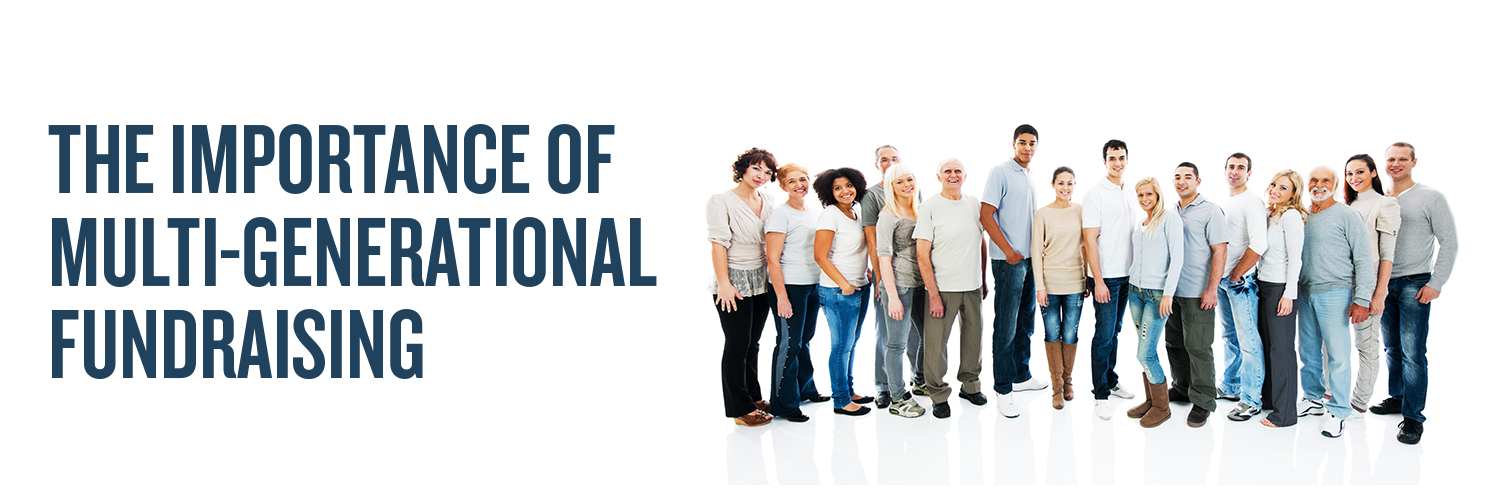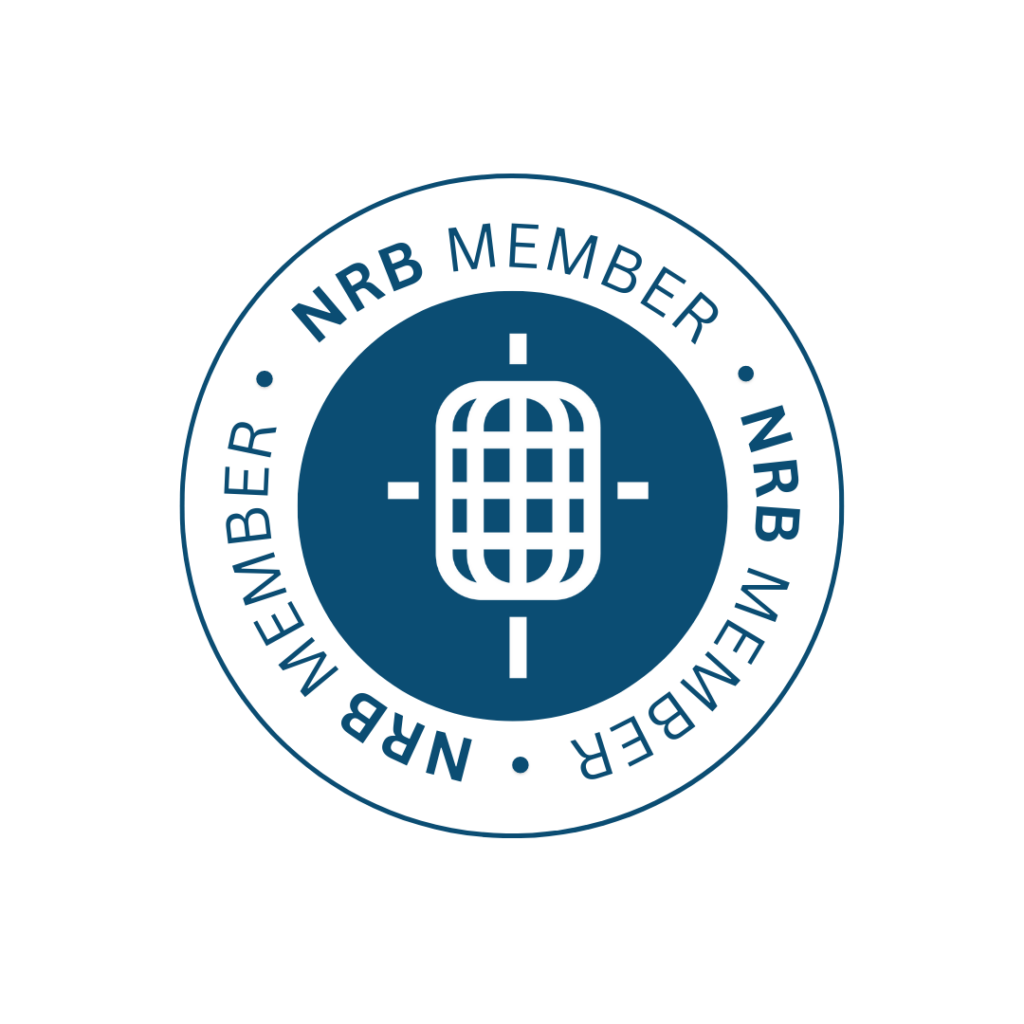The Importance of Multi-Generational Fundraising
Three different perspectives written by contributors from three different generations. We examine the impact that Millennials, Generation Xers, and Baby Boomers have had on fundraising, and how to best target them in your direct response communications.
The Millennial Mystery
Millennials (born between 1981 and 1996) are blossoming into the largest generation by population and are expected to surpass Baby Boomers (born between 1943 and 1964) this year. Yes, the Boomers.
Yet despite Millennials embracing technology, social activism, and wanting to make a tangible difference in the world, one thing hasn’t changed between generations—the life cycle of donors and their capacity to give.
Generally speaking, Millennials are not in the financial position to support your organization in the way that Baby Boomers or Generation Xers (born between 1965 and 1980) currently do, so you need to find different ways to engage this audience.
Remembering that this current generation has grown up on a steady diet of social media, it’s advisable to begin by focusing on building relationships in the digital space. Reach Millennials where they are, speak their language, and give them opportunities to contribute outside of a financial commitment. These are passionate advocates and great volunteers and will even give small gifts as they are able. Your end game is to get them engaged and keep them engaged especially as they, and their giving potential, matures.
X Marks the Spot
While Generation X has largely been overshadowed by the philanthropic prowess of Boomers and the giving potential held by Millennials, this is a generation of donors that is predicted to exceed the charitable giving of Boomers within the next 10 years.
With Generation X donors poised to become your most profitable donors, your communication strategies must evolve too. The bottom line is that if you’re still using the same direct response approach you were a few decades ago, then you may not be equipped to reach them.
Gen Xers are a generation of skeptics, holding a unique ability to respond to direct mail as well as in digital mediums. A multi-channel communication plan is the key to getting them to respond.
Include Generation X donors in both your direct mail and digital streams and follow up your appeals with a prompt report. Remember, this is a generation that is both savvy and skeptical, so they want to know their money is being prudently used and see their gifts making an impact.
Generation Xers have the capacity and the desire to move your mission forward so tailor your communications with that hope in mind.
Boomers are Still Booming
Having concerns about reaching a younger demographic is nothing new. Only today, the groups are different. The fundraising conversations heard within every non-profit during the 1980’s was:
“What are we going to do when our older donors retire or can no longer give?”
As organizations worked to find a way to supplement the income gleaned from the Silent Generation (born between 1927 and 1946), the biggest challenge they faced was an upcoming generation (the Boomers) that seemed disinterested in supporting nonprofits (sound familiar?).
Yet despite the worry, it was the wise and experienced voices that were heard saying, “The next generation will be great donors when they get old enough!” And they were right.
History shows that when a demographic reaches their late 40s/early 50s they want to make a lasting difference in the world and will give generously to see that happen. To attract these profitable donors, you need to be ready, agile, and have a trusted fundraising counsel providing you with guidance and direction.
Our team is happy to help advise you on what strategy may work best for your organization, but you’ll never know unless you try.
Related articles
-

More Than Just Work
As a young Christian professional navigating the conundrum of aligning my beliefs into a purposeful career, I’ve been blessed to…
-

What to Think of Artificial Intelligence and Its Impact on Fundraising . . .
In trying to summon an image to represent our theme for this issue of Donor Focus, I found myself drawn…
-

Fundraising Meets Artificial Intelligence
In this article, we’ll explore the captivating realm of AI-powered fundraising efforts—the boundless benefits and intriguing challenges that arise when…






